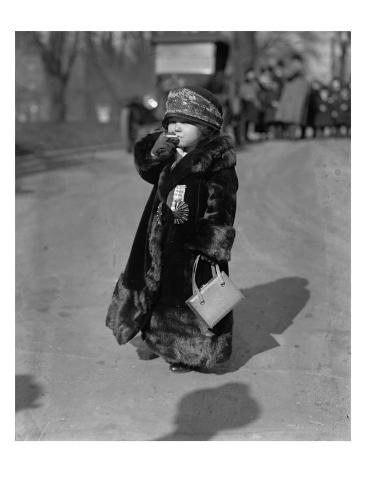eflyguy
Well-known member
Here we go - not trying to be defensive by the way, just don't want to seem like a smarta$$. I love researching the science behind cooking (and other things), this one was a revelation to me and jived with what a competitive cook (BBQ) told me almost 20 years ago - the lower the heat, the better the result. Logically, it means there is more time for penetration.
https://amazingribs.com/tips_and_technique/mythbusting_the_smoke_ring.html
.. cut to the chase, I underlined the most important point:
https://amazingribs.com/tips_and_technique/mythbusting_the_smoke_ring.html
.. cut to the chase, I underlined the most important point:
The locking of the myoglobin color starts almost immediately if you have a good stable clean fire. If you have a charcoal wood, or pellet fire, try this: Put a slab of ribs on at 225°F. After 30 minutes, move it indoors and finish cooking. There will be a fine looking smoke ring. After just 30 minutes exposed to NO and CO!It has long been known that smoke rings stop growing as the cook progresses. The point at which they stop seems to be when the myoglobin hits about 170°F depending on a number of variables. At that temp it has broken down so far that the pink color can no longer be locked in. But basting or spritzing the surface cools it and allows it to grow. So the size of the smoke ring as well as the sharpness of the edge is connected to how fast the meat heats. Yet another reason to cook low and slow.
All this Blonder research busts a bunch of myths. The smoke ring is not caused by the billowy white stuff, it is caused by gases in the smoke. It is not enhanced by paprika. Nitrites have nothing to do with it. There is no time limit on smoke absorption. The ring stops growing when the meat hits about 170°F and myoglobin loses its oxygen retaining ability, not 140°F. Salt has little to do with it.























































